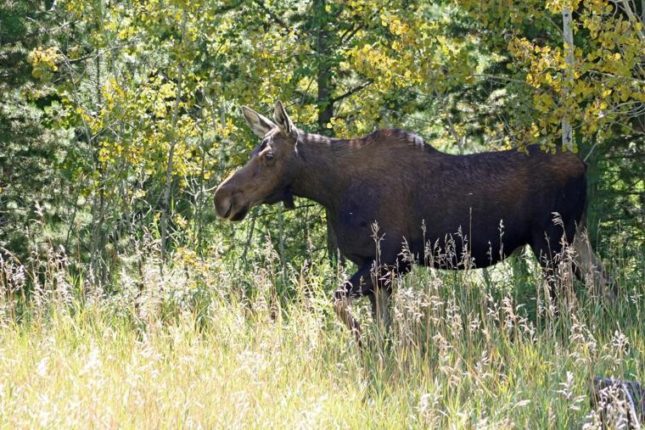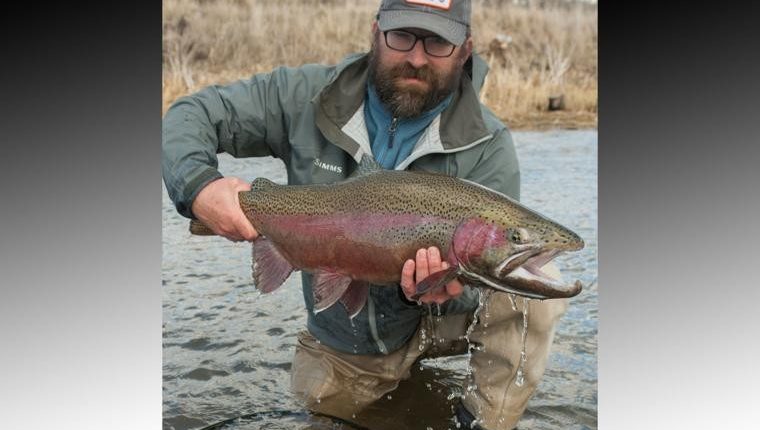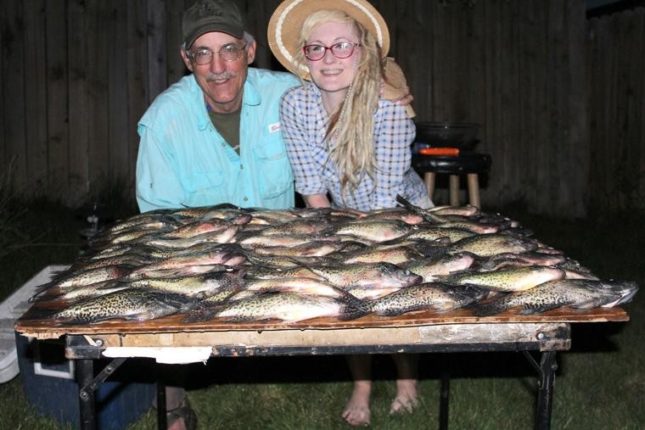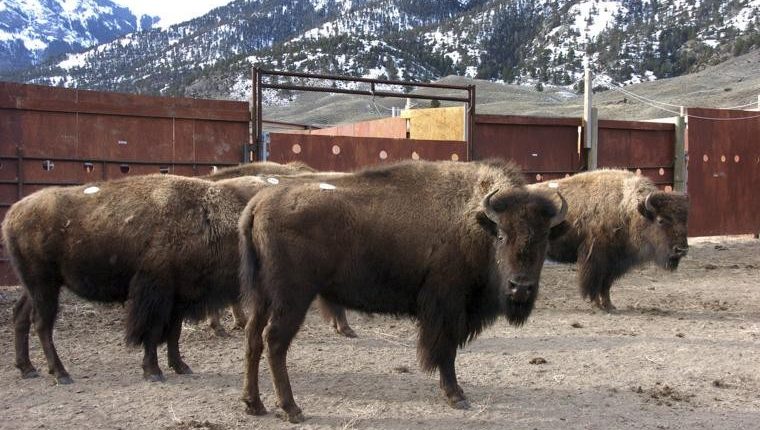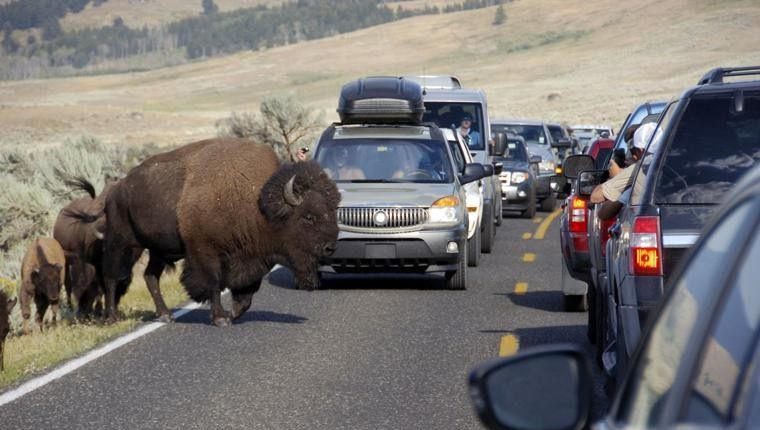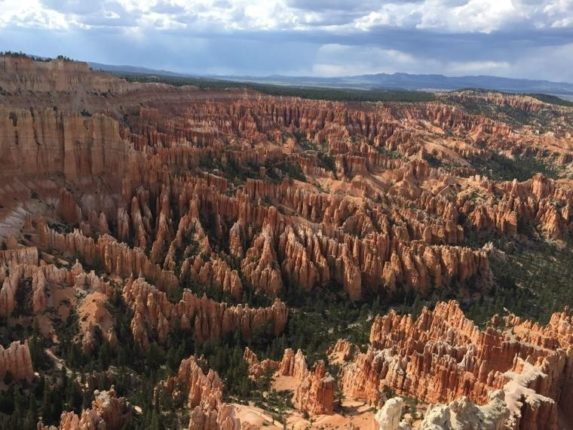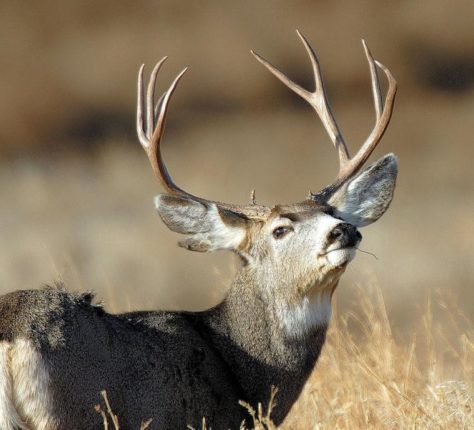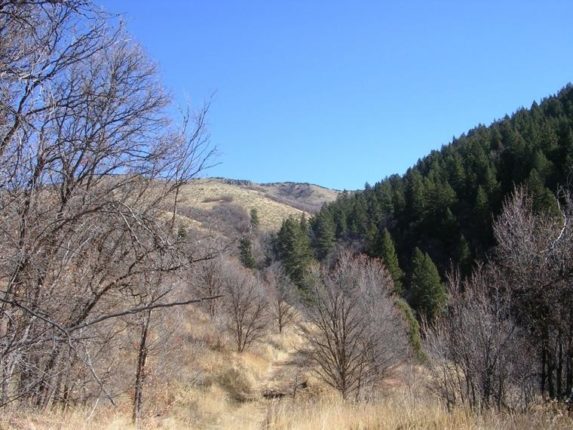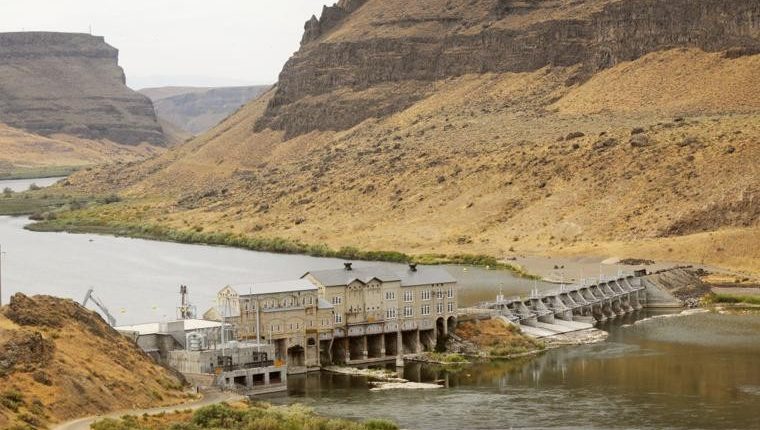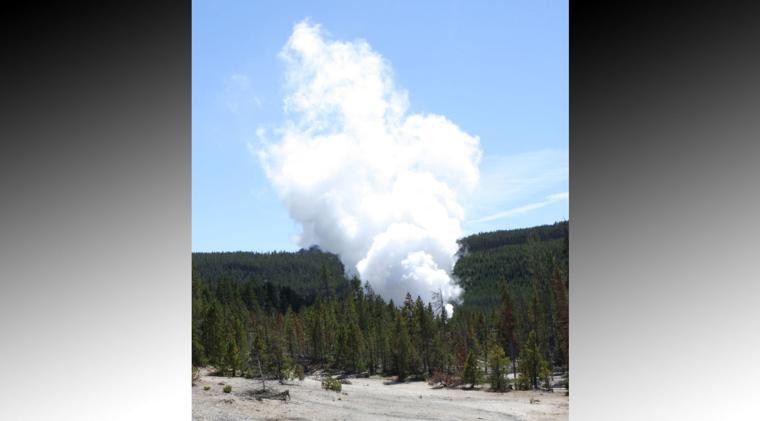Many sportsmen and women spend the winter planning, scheming and otherwise looking forward to the year’s hunting opportunities. Obtaining the necessary tags is an integral step in this process, a step that often begins in the springtime. State management agencies across the West generally begin the annual process of selling tags in late winter and through the spring with a drawing process to sell tags that are in great demand or short supply.
The timing, methodology and policy/laws associated with this process vary from state to state. Terminology differs (for example controlled hunts versus limited entry, or trophy species versus once-in-a lifetime); timing is variable; some states have weighted draws while others do not (the use of preference or bonus points versus random); and many other factors can make this a difficult process to navigate.
Biologists with Idaho’s Department of Fish and Game field many questions each year about this drawing process. I have attempted to concisely answer many of those questions below and will focus on Moose, Mountain Goat, Bighorn Sheep, Deer, Elk, and Pronghorn.
Prior to applying
Idaho code requires hunters to purchase a hunting license prior to applying for any controlled hunts. This license can then be used to hunt upland game or purchase a general season tag for big game if applicants are unsuccessful (a license is also necessary to purchase any general season tags).
Trophy species versus deer, elk and pronghorn
As you consider entering the Idaho drawing, you first need to decide if you want to put in for a single trophy species (moose, mountain goat and bighorn sheep) or all of the “non-trophy species” (deer, elk, and pronghorn). In other words you can choose to put in for moose OR mountain goat OR bighorn sheep OR deer, elk and pronghorn.
There are several exceptions to this: you can put in for a single trophy species AND 1) any unlimited controlled hunts for deer, elk or pronghorn; 2) the second drawing for deer, elk and pronghorn; 3) any extra tags for deer, elk and pronghorn; and 4) any designated depredation hunts.
In Idaho, trophy species are considered once-in-a-lifetime, meaning that if you successfully draw AND harvest an antlered moose, antlerless moose, big horn sheep, or mountain goat you will no longer be eligible for that trophy species in Idaho for life.
Unlimited controlled hunts
These are tags that you must put in for, but are guaranteed to draw if you do. These may be designated first-choice only. These hunts force sportsmen to commit to a particular hunt, but allow them to draw every year. Unlimited controlled hunts are not subject to the waiting period.
Waiting period
If you drew out and purchased an antlered-only tag for deer, elk or pronghorn, you must sit out for antlered-only drawings for that species the following year. However, you are still eligible to put in for either sex, unlimited controlled and antlerless tags. If you successfully drew a moose, sheep or goat tag but were unsuccessful harvesting, you must sit out for trophy species drawing for two years.
Extra tags
These are controlled hunts that are available for you to put in for and potentially draw a second controlled hunt tag for deer, elk and pronghorn. In the Big Game Regulations these hunts are denoted with an X. An individual can only obtain one extra tag or depredation hunt tag in a calendar year.
Controlled hunt tag purchase
Remember that if you draw your desired tag you still must purchase that tag for deer, elk, pronghorn and bear by Aug. 1. Otherwise it will be reverted into a second drawing. Unlimited tags and turkey permits do not get reverted into a 2nd drawing.
Second drawing
If all of the tags for a hunt or multiple hunts are either not applied for/drawn or not purchased and picked up, then these tags will become available during a second drawing period taking place in August. The application period for this drawing is Aug. 5 to 15. Everyone (including non-residents) has an equal chance of drawing these tags.
Non-resident drawing odds
The IDFG commission has mandated that “up to” 10 percent of available tags for a controlled hunt can go to non-residents. However, if there are fewer than 10 tags available, then “up to” 1 tag can be drawn by a non-resident. This does not mean that 10 percent are set aside for non-residents. Essentially, everyone’s name (resident and non-resident) goes in the same pool and once the 10 percent threshold for non-residents has been reached, all non-residents are pulled from the pool. Therefore, some controlled hunts may have fewer than 10 percent non-residents that successfully drew.
Second tags
These are NOT controlled hunt tags. These are general season non-resident tags (for which there is a statewide quota) that the IDFG commission has made available to hunters as second general season deer and elk tags. Any non-resident deer or elk tags that have not been sold by Aug. 1 become available to residents and nonresidents alike as a second opportunity until the nonresident quota is met. When the non-resident tags are sold out, this opportunity is no longer available. This opportunity is reevaluated by the commission on an annual basis.
Weighted drawing systems
Several states, such as Wyoming, Utah, Nevada and Montana have systems in place where applicants accrue bonus points or preference points in an attempt to give individuals who apply multiple years increased chances of successfully drawing. However, Idaho does not have any form of a weighted system for controlled hunt drawings. This draw is completely random and everyone has the same odds regardless of age or duration of applying.
Eric Freeman is a Regional Wildlife Biologist for Idaho Department of Fish and Game’s, Southeast Region.
